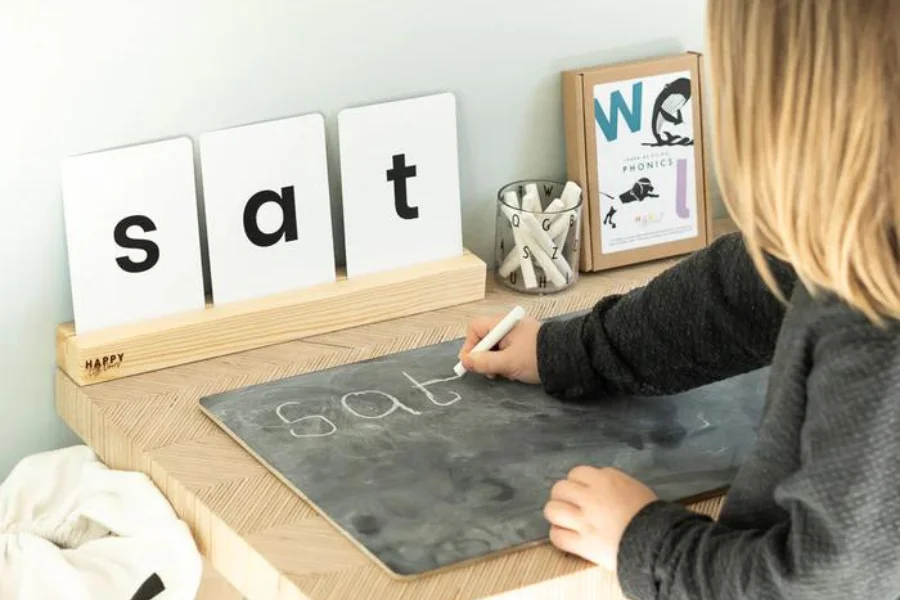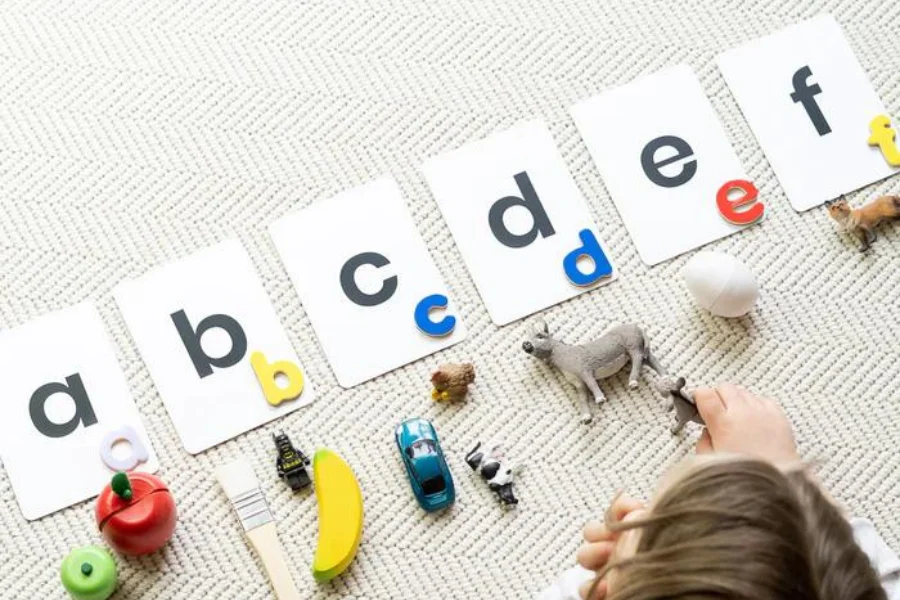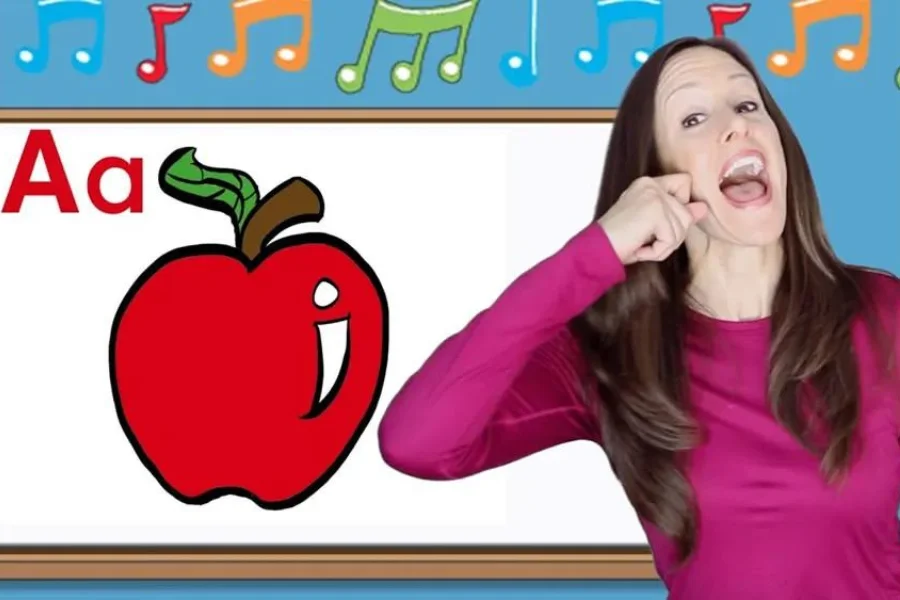Long Vowel and Short Vowel Rules

Source: readingeggs
Long Vowel and Short Vowel Rules
Considering Long Vowel and Short Vowel Rules is a foundation for in majoring the English language. These rules not only shorten the process of learning to read and write but also increase one’s skills to pronounce words properly. In this blog, we’re going to learn about the interesting world of Long Vowel and Short Vowel Rules, providing clear and direct explanations. Whether you’re a teacher, a student, or just somebody interested in the small details of English phonetics, the vision into Long Vowel and Short Vowel Rules will certainly help in your language passage. This survey into Long Vowel and Short Vowel Rules will not only clear common confusions related to Vowel Digraphs, Magic E Rule, R-Controlled Vowels, Double Consonants, etc., but will also improve your consideration of English phonology.
Table of Content
Considering the Long Vowel and Short Vowel Rules is essential for majoring in the small details of English pronunciation and spelling. These rules help students know the difference between the distinct sounds that vowels can make in words. Here, we will explore 10 different Long Vowel and Short Vowel Rules like- R-Controlled Vowels, Double Consonants, etc., explaining each with examples to enhance your understanding.

Source: shopify
Magic E Rule
This is one of the Long Vowel and Short Vowel Rules called the Magic E Rule. The first vowel generally has a long sound, when a word has a vowel taken by a consonant an ‘e’ at the end and the ‘e’ is silent. For example the ‘a’ is long, and the ‘e’ is silent in the word “cake”.
Double Vowel Rule
This second Long Vowel and Short Vowel Rules applies when two vowels are side by side in a word- which says the first vowel makes a long sound, and the second remains silent. An example of the Double Vowel Rule –the vowel ‘a’ has a long sound when the ‘ai’ vowels are present side by side in the word- paint.
Single Vowel at the End of a Word
This is one of the crucial Long Vowel and Short Vowel Rules. A long vowel sound is generally given for a Single Vowel at the End of a Word. In “he,” the ‘e’ is a long vowel.
CVC Pattern
This is also one of the crucial Long Vowel and Short Vowel Rules. The vowel is generally short, In consonant-vowel-consonant (CVC Pattern) words. For example, the ‘a’ is short, in “cat,”.
Double Consonants
Double Consonants are an important part of the Long Vowel and Short Vowel Rules. A short vowel often precedes Double Consonants. In “batter,” the ‘a’ is a short vowel.
R-Controlled Vowels
When a vowel is followed by ‘r,’ it creates a unique sound. Example of R-Controlled Vowels – in the word ‘car, the ‘a’ is not long but is influenced by the ‘r’.
To join the Phonics Teacher Training course, call +919869866277 / +919869546913.
Click here for the brochure!
Single Vowel Surrounded by Consonants
When a Single Vowel Surrounded by Consonants and doesn’t follow the Magic E Rule of the Long Vowel and Short Vowel Rules, it usually has a short sound. For example, “hat” has a short ‘a’.
Vowel Digraphs
Two vowels together that make a single sound that is often long, such as ‘ee’ in “seed,” are called Vowel Digraphs.
Open Syllable
In an Open Syllable, a syllable finishes at a vowel, and the vowel is classically long, as in the initial syllable of “baby.”
Closed Syllable
A syllable finishes in a consonant in a Closed Syllable, and the vowel sound is normally short, as in the first syllable of “cabin.”
The consideration of Long Vowel and Short Vowel Rules is necessary for growing exact pronunciation and spelling skills. These rules offer a guideline but remember, English has exceptions. Practice and exposure to different words will enhance your ability to apply these Long Vowel and Short Vowel Rules effectively.
To join the Phonics Teacher Training course, call +919869866277 / +919869546913.
Click here for the brochure!

Source: shopify
Phonics Courses Online
Majoring in phonics is essential in the education world, mainly in the initial stages of language learning. Phonics, a tried and tested method of teaching reading and writing by relating sounds with letters or groups of letters, helps develop important skills in young learners. Identifying this need, Vidhyanidhi Education Society (VES) provides extraordinary Phonics Courses Online, made to provide an inspiring learning experience for teachers, parents, and anyone interested in the profession of early childhood education.
The Phonics Courses Online by Vidhyanidhi Education Society (Govt. regd.) are made with different types of features, ensuring a complete understanding of phonics:
Key Features of the Phonics Courses Online
Intensive Training
The course provides 18 hours of severe training, making sure that members gain a deep and hands-on consideration of phonics.
UK-Based Synthetic Phonics Teaching
The Phonics Courses Online curriculum follows the well-known UK-based Synthetic Phonics Teaching and Learning Methodology. This method is famous for its success in teaching children to read and write.
Audio-Visual Teaching Aids
The lectures include audio-visual teaching aids, making the learning process more interesting and important.
Creative Learning Methods
The course involves the demo of sounds through jingles, stories, and actions, which makes the learning process enjoyable and outstanding.
Comprehensive Practice
Members will go through the proper practice of all 42 sounds (letter sounds & digraphs), which is necessary for a strong foundation in phonics.
Mock Drills and Interactive Sessions
The course involves mock drills and doubt-solving and question-answer sessions to make sure that student can apply their knowledge properly.

Source: ytimg
Who can enrol in Phonics Courses Online?
This Phonics Courses Online is perfect for a varied range of individuals:
Teachers
Particularly those specializing in early childhood and primary education.
Parents
Wanting to support their child’s reading and writing passage.
Aspiring Educators
A person looking to shape a career in early childhood education.
Language Therapists
Experts working with children with language-based learning problems.
The Scope after Completing Phonics Courses Online
After completing the Phonics Courses Online, members can expect to:
Enhance Teaching Skills
Increase advanced skills in teaching phonics, mainly focusing on Long Vowel and Short Vowel Rules.
Career Opportunities
Open doors to different career opportunities in schools, learning centers, and private teachers.
Improved Learning Outcomes
Contribute to increasing reading and writing skills in children, having a strong foundation for their academic passage.
Personal Growth
For parents, it’s an opportunity to carefully support their child’s learning process.
The Phonics Courses Online provided by Vidhyanidhi Education Society (Govt. regd.) is not just a course but a passage into the world of phonics. It’s an opportunity to understand the small details of phonics teaching and learning and grasp the detailed Long Vowel and Short Vowel Rules like Vowel Digraphs, Magic E Rules, R-Controlled Vowels, Double Consonants, etc. The course is a mixture of theory and practice, making sure that members are well-provided to nurture a love for reading and writing in children. Whether you are a teacher, a parent, or a keen educator, these Phonics Courses Online open access to a world of opportunities in the domain of early childhood education.
Long Vowel and Short Vowel Rules
Master vowels with ease! Join Vidhyanidhi’s course and excel in English today!
To join the Phonics Teacher Training course, call +919869866277 / +919869546913.
Click here for the brochure!
FAQs
Why is Phonics Important?
Phonics is vital as it builds the foundation for reading and writing by teaching sound-letter relationships, and enhancing literacy skills.
Which Best Institute to Learn Phonics?
Vidhyanidhi Education Society (Govt. regd.) is a top choice for learning phonics, offering comprehensive courses with practical insights and expertise.
What Qualification is needed to be Phonics Teacher?
To be a phonics teacher, typically a basic teaching qualification and specialized training in phonics methodology are required.




